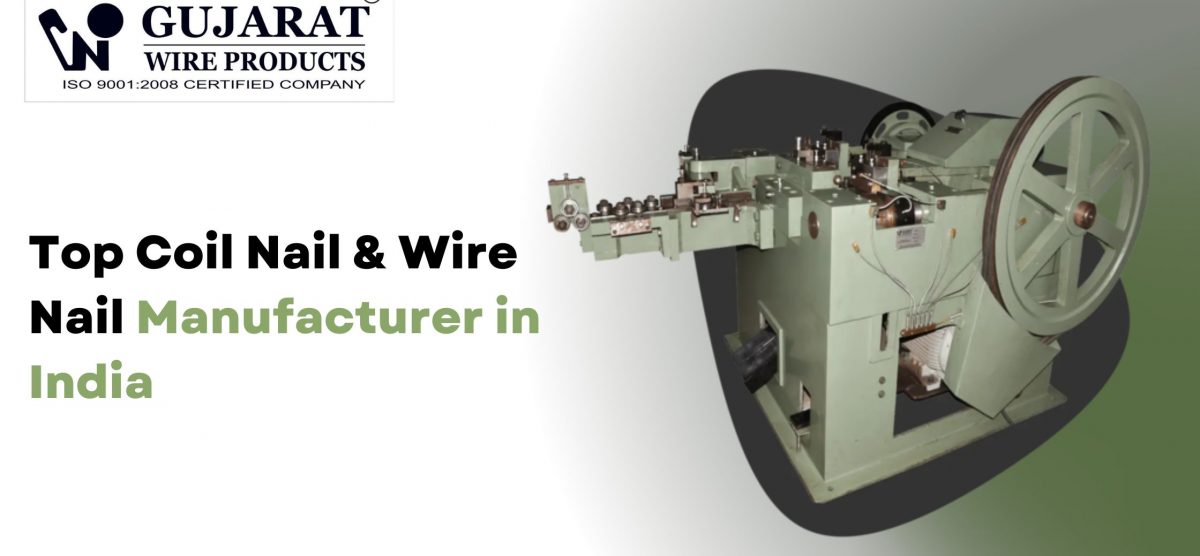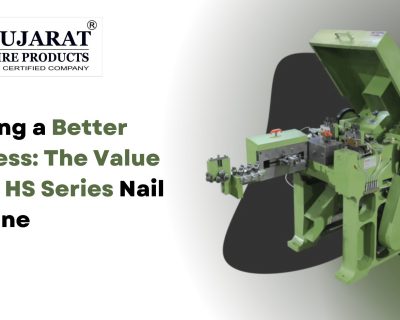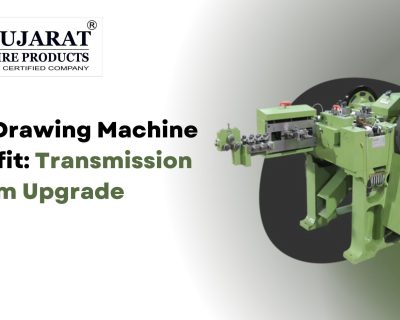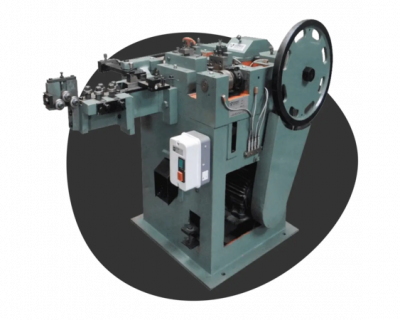Blog

Top Coil Nail & Wire Nail Manufacturer in India
Introduction
If you buy nails regularly, you already know the pain points: erratic quality, mixed lots, and shipments that look right but jam tools on site. The fix isn’t a fancy brochure—it’s a clean, practical way to shortlist the right suppliers and specs, so your lines run fast and your field teams stop firefighting. This guide gives you that: a plain-spoken framework to evaluate coil nails and wire nails for Indian conditions, from selection to quality control to pricing. We’ll define the basics, show what actually affects performance and cost, and give you a step-by-step sourcing checklist you can use today. Keep it simple, standardize what matters, and buy with fewer surprises.
What to know
Coil nails are collated nails wound into a coil for high-speed pneumatic nailers. They shine in pallet shops, crate making, sheathing, roofing and other repetitive fastening where throughput matters. Wire nails (loose/common/concrete/panel pins) serve workshops, civil sites, and general fabrication—versatile, hand-driven or gun-driven in smaller gauges.
Where each fits
- High volume, automated lines: coil nails for nailer uptime and consistent feed.
- Mixed jobs, general repair: wire nails for versatility and availability.
- Harsh, outdoor use: coated options to fight rust and staining.
Specifications that matter
You don’t need a spec sheet that reads like a novel. You need a short, non-negotiable set.
- Diameter & length: match holding power and penetration; keep to standard ranges used in your jigs and fixtures.
- Shank type:
- Smooth for speed and easy removal.
- Ring for pallets, sheathing—strong withdrawal resistance.
- Screw for high retention in dense woods and composites.
- Head style: full round for general use; clipped only if your gun demands it.
- Point style: diamond points reduce splitting; blunt points for hardwoods if splitting persists.
- Collation (for coils): wire-welded vs. plastic-collated; specify coil angle and nailer compatibility.
- Tolerances: ask for diameter tolerance and ovality; small drifts cause jams in magazines.
Materials and coatings
Durability is a materials problem before it’s a maintenance problem.
- Material: Low-carbon steel is standard for cost and formability; stainless for corrosive sites or food-adjacent builds.
- Coatings:
- Electro-galvanized (EG): clean finish; ideal for indoor pallets and packaging.
- Hot-dip galvanized (HDG): thicker zinc; pick for exterior exposure and coastal logistics.
- Mechanical zinc / phosphate: aids drive-in, reduces friction in nailers.
- Specify what’s measurable: zinc thickness (microns), adhesion method, and salt-spray expectations where relevant. Avoid “galvanized—OK” as a line item.
Quality standards and testing
Good nails look boring. That’s the point.
What to insist on
- Wire source traceability: heat/coil number on packing; consistent metallurgy reduces breakage.
- Dimensional checks: random samples for diameter, length, head concentricity, and shank profile.
- Hardness & ductility: nails should not bend like wire nor shatter like glass; verify with bend tests.
- Coating verification: thickness gauge spot-checks; no bare edges in critical areas.
- Collation integrity (coils): weld points consistent; no loose weld spatter to foul nailers.
- Drive & withdrawal tests: quick fixtures in your own wood species or boards; track drive depth at a fixed pressure.
Red flags
- Visible burrs, inconsistent shank rings, off-center heads, flaking zinc, dusty coils, and mixed lots without batch markings.
Tooling and compatibility
Performance isn’t only about nails; it’s nails plus guns plus air.
- Match the coil angle and feed type to your nailers. Don’t assume “universal”.
- Air pressure window: test at the low and high end; poor nails need higher pressures to seat—watch your energy bill.
- Magazine wear: cheap coils shed; fines and swarf increase jams. Inspect your gun’s feed path weekly.
- Lubricity & coating: phosphate-coated nails often feed smoother; confirm with your operator before standardizing.
H3: Pilot run protocol
- Run one day’s production on two nailers.
- Record jams per 1,000 nails, drive depth consistency, and rework time.
- Approve only after two consecutive clean runs.
Pricing and procurement in India
Price per kilogram is only the first line of the story.
- What drives cost: steel price, coating process (EG vs HDG), shank complexity (ring/screw), and sorting/packing quality.
- Pack sizes and wastage: coils with tighter winding and better welds cut wastage; factor this into landed cost.
- Freight reality: nails are heavy, margins are thin; optimize by city clusters and full-truck loads.
- Payment & QC terms: tie a small retention to quality metrics for new suppliers; release on clean GRN plus random test results.
H3: Make price apples-to-apples
- Standardize the spec sheet across all vendors.
- Ask for zinc thickness, shank type, and tolerance in writing.
- Quote in ₹/kg and ₹/10,000 nails for your most common size to see the real delta.
Step-by-step buying checklist
Follow this in order. Skip steps, invite surprises.
- Lock the use-case. Indoor pallets? Outdoor crates? Roofing? Decide environment first.
- Freeze the specification. Diameter, length, shank, head, coating, coil angle. No or/and.
- Pre-qualify on paperwork. Batch traceability, coating declaration, basic test plan.
- Request two sample lots. One for the shop, one for incoming QC.
- Run the pilot. Two nailers, full shift, log jams and depth spread.
- Do the math. Convert supplier quotes to comparable units; include wastage.
- Negotiate service terms. Replacement for off-spec lots, response time for issues.
- Issue a limited PO. First month controlled volume; scale on performance.
- Review monthly. Quality dashboard: jams/1k, rework minutes, returns, cost per unit shipped.
Common mistakes
- Buying on brand stories, not on test data. Your nailers don’t read brochures.
- Mixing shank types in the same bin. Operators will feed whatever’s closest; jigs will pay the price.
- Vague coating specs. “Galvanized” covers too many realities. Pin the micron range.
- Ignoring wood variability. Change in board density can turn a good nail into a splitter—retest when substrates change.
- No retention clause. Keeps first orders honest and response times sharp.
Conclusion
The best coil nail or wire nail for your operation is the one that keeps your line moving with zero drama. Decide the environment, standardize the spec, test in your tools, and buy against data you can repeat. Keep the checklist tight, the QC visible, and the paperwork specific. Do this well and procurement stops being a gamble and starts being a lever for throughput.
Gujarat Wire Products — our promise
If your real bottleneck is speed and consistency, the answer is usually upstream: better wire processing and better nail-making machines. We build and support high-speed, production-ready nail machinery with installation help, operator training, and reliable after-sales. If you want fewer jams, cleaner collation, and predictable output, talk to us.
Call to action: Tell us your use-case and monthly volume. We’ll map the right machine setup and a pilot plan you can trust.




